
In 1868 Thomas Henry Ismay purchased the house flag of the White Star Line, also known as The Oceanic Steam Navigation Company. He revolutionised the speed and comfort of ocean liners and with his wife Margaret, supported charities to help local seafarers and their families. When Thomas died in 1899 White Star was one of the most prominent British shipping companies. Committed to comfort and reliability rather than to speed, The White Star Line is remembered for the Titanic, which sank on the 15th April 1912 after colliding with an iceberg on its maiden voyage.
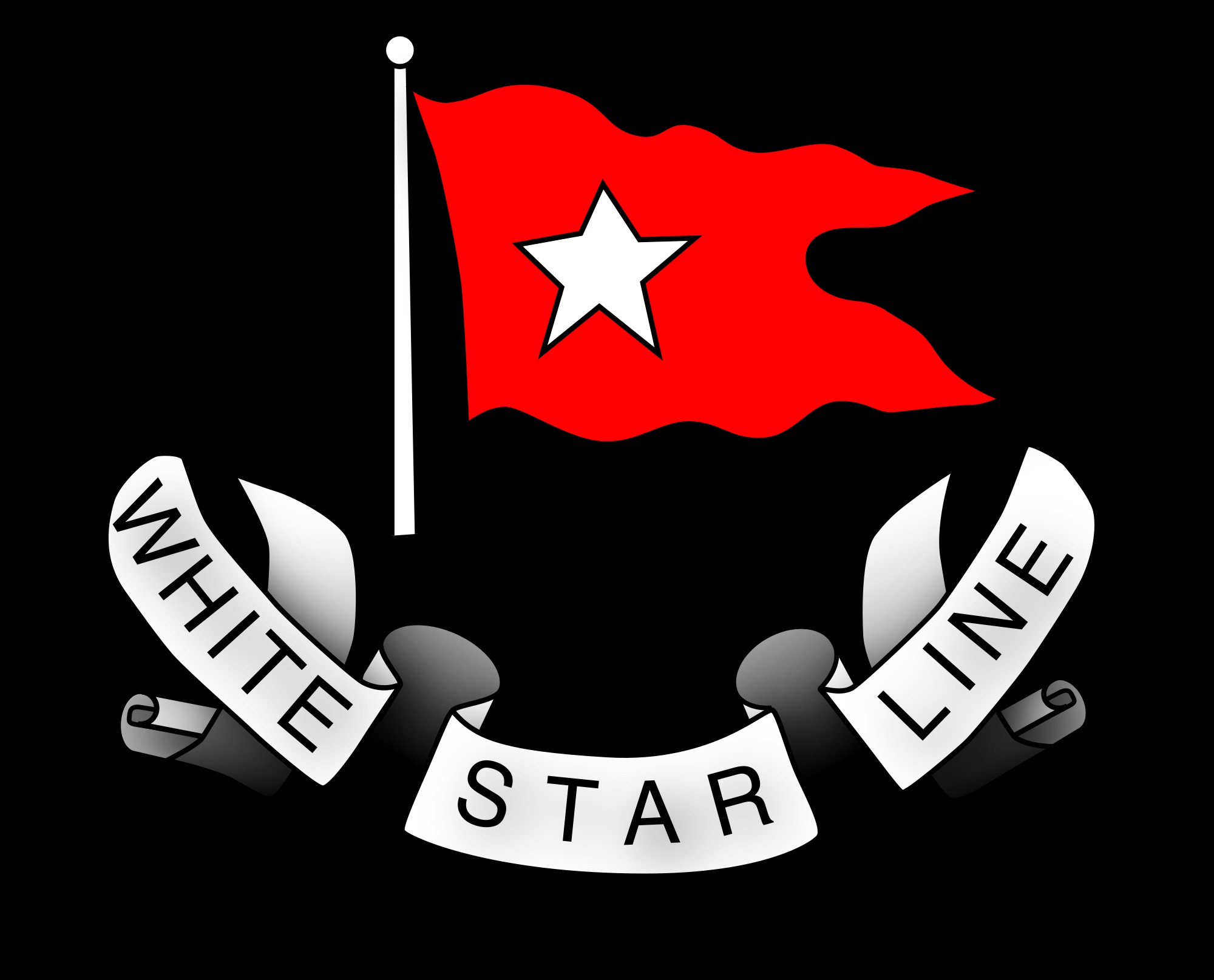
Its distinctive house flag (left) was a red broad pennant with two tails bearing a five-pointed white star. The White Star Line gave its ships names ending in -ic such as Olympic, Britannic, Titanic etc. The line had also adopted a buff-coloured funnel with a black top as a distinguishing feature for its ships.
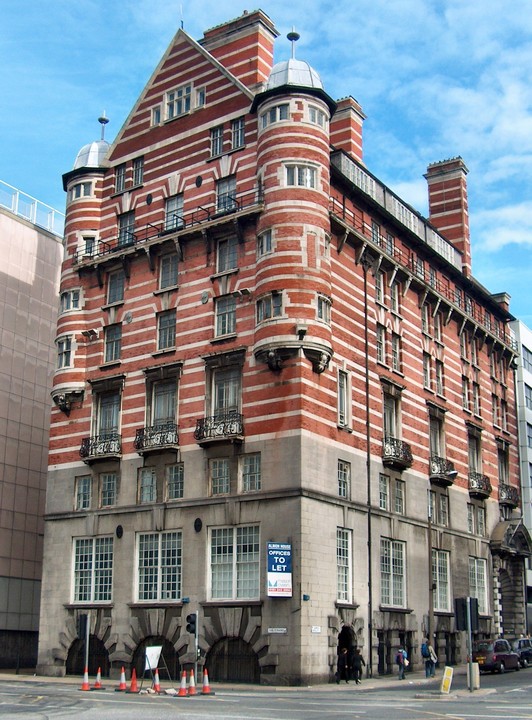
The White Star Line had its headquarters at Albion House in Liverpool (right). Built between 1896 and 1898 the facade is constructed from white Portland stone and red brick. It is located on the corner of James Street and the Strand across from the Pier Head. Designed by the architect Richard Norman the design closely follows his earlier work of 1887, the former New Scotland Yard building in London. In 1912, when news of the foundering of the Titanic reached the offices, the officials were too afraid to leave the building, and instead read the names of the deceased from the balcony.
In 1902 J P Morgan created the International Mercantile Marine Company. His motivation was to reduce competition on the all important transatlantic route and to increase profitability by buying up competitors. In April 1902 Morgan acquired White Star Line for £10 million. J Bruce Ismay became chairman and managing director of IMM and also remained in control of White Star. Its ships continued to fly the British flag and J Bruce Ismay continued his father's close partnership with the Belfast shipbuilders Harland and Wolff.
To thwart Morgan's attempt to takeover the shipping company Cunard, the British government offers Cunard a loan that allows them to construct two new liners. The Mauretania and the Lusitania enter service in 1906 and are built for speed in an effort to claim the 'Blue Riband' (The title for the fastest North Atlantic crossing). In 1907 the White Star Line transferred its express transatlantic service to New York from Liverpool to Southampton.
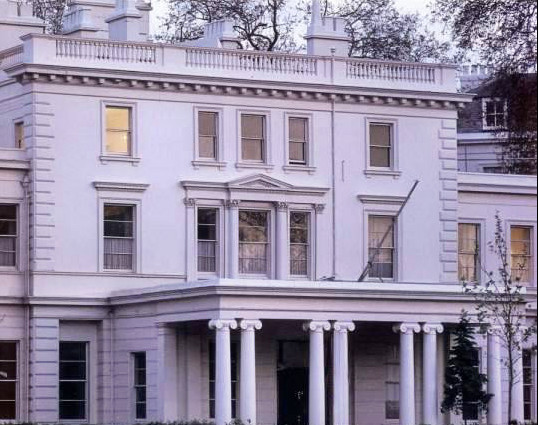
In April 1907 Bruce Ismay went to dinner with Lord William Pirrie, the boss of the ship building company Harland & Wolff. Over a post dinner drink at Downshire House (right) in London the decision was made to build three new giant ships which would compete with rival Cunard by offering luxury over speed. Design for the new Olympic class ships began in June 1907.
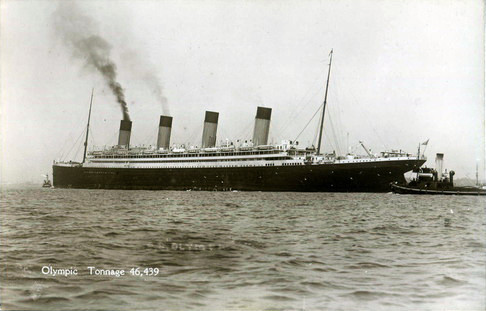
The liners were to be named the Olympic (left), the Titanic and the Gigantic, later renamed the Britannic. The Titans were powerful gods in the mythology of Ancient Greece who were overthrown by the Olympians, a race of younger gods (hence the names Olympic and Titanic).
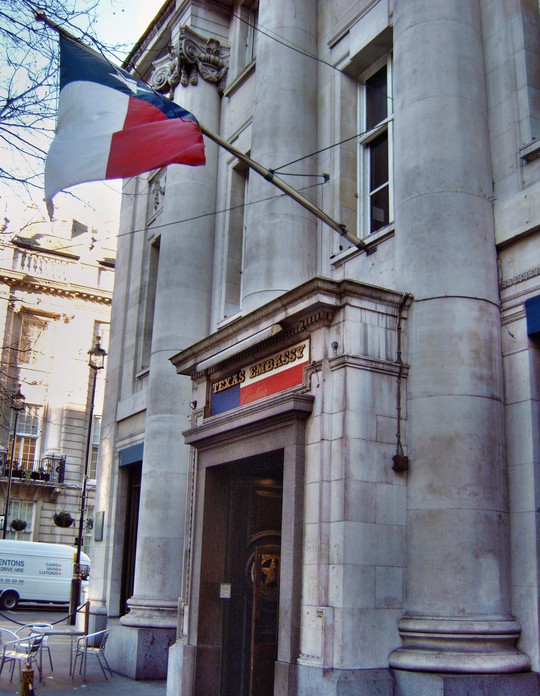
On the 10th May 1934 The White Star Line merged with its rival Cunard and until 1949 the company was known as Cunard-White Star. The White Star Line was famous for providing its passengers with every comfort and today Cunard liners take pride in their excellent customer care which they call the White Star Service. On the 15th April each year the White Star Flag is raised on the Queens in memory of the Titanic disaster.
Titanic - History . com (Titanic History by André Price, Titanic Historian & Maritime Researcher)
